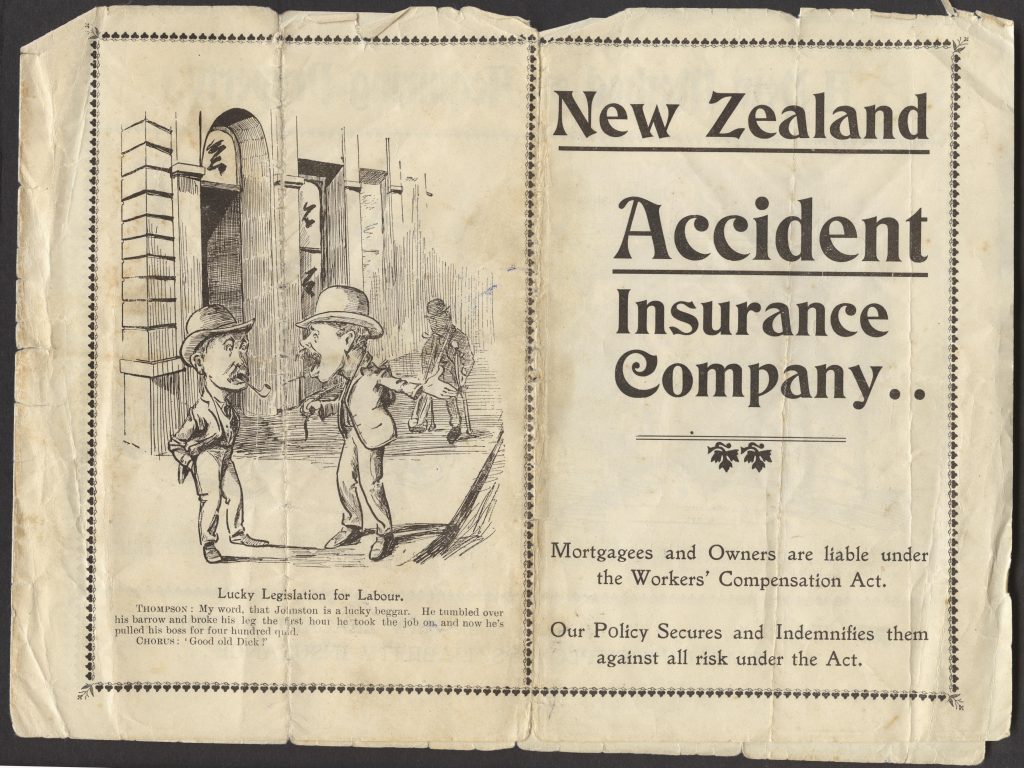 Prescription refers to the amount of time you have to file a lawsuit. If you do not comply with this procedural requirement, your case will be dismissed. In order to determine the date by which you must file your lawsuit, you need to know both the prescription period and when the period started to run. This case analyzes when the prescription period starts to run for false imprisonment and false arrest claims.
Prescription refers to the amount of time you have to file a lawsuit. If you do not comply with this procedural requirement, your case will be dismissed. In order to determine the date by which you must file your lawsuit, you need to know both the prescription period and when the period started to run. This case analyzes when the prescription period starts to run for false imprisonment and false arrest claims.
The Eunice Police Department arrested Paul Powell, Marlon Eaglin, and two others. They were charged with second degree murder. A few months after his release from prison, Eaglin filed a lawsuit against the police department, the city of Eunice, and the chief of police (the “defendants”) for false arrest and imprisonment. Over a year after their arrest, but less than year after they were released from prison, Eaglin amended his lawsuit to add Powell as a plaintiff.
The defendants filed an exception of prescription, arguing Powell’s claims were prescribed because he filed them over a year after the date of his arrest. Powell argued he had not exceeded the one-year prescription period because his claims related back to Eaglin’s claims, which had been filed within the required time period. Powell also claimed his false imprisonment claim was not prescribed because he had filed it within a year of being released from prison.
 When you are in love, you might make purchases for your loved ones without giving them much thought. But what happens to big ticket purchases, like a car, if your relationship sours?
When you are in love, you might make purchases for your loved ones without giving them much thought. But what happens to big ticket purchases, like a car, if your relationship sours? Louisiana Personal Injury Lawyer Blog
Louisiana Personal Injury Lawyer Blog


 If you are injured on the job, you might be entitled to compensation through the workers’ compensation system. What happens if your employer denies your claims for treatment recommended by your treating physicians? Can your employer be required to pay you penalties and fees?
If you are injured on the job, you might be entitled to compensation through the workers’ compensation system. What happens if your employer denies your claims for treatment recommended by your treating physicians? Can your employer be required to pay you penalties and fees? Entering into a settlement agreement can help efficiently resolve a lawsuit and allow both parties to move forward. However, sometimes you might be involved in multiple interrelated lawsuits. If you sign a settlement agreement with one party, are you precluded from pursuing other related litigation?
Entering into a settlement agreement can help efficiently resolve a lawsuit and allow both parties to move forward. However, sometimes you might be involved in multiple interrelated lawsuits. If you sign a settlement agreement with one party, are you precluded from pursuing other related litigation? Buying and selling real estate can be stressful because of the emotions and large sums of money involved. In order to have certainty in transactions involving real estate, Louisiana law has strict requirements of what is required to form a valid contract, including signatures from both the buyer and seller. What happens if a would-be buyer unilaterally signs a contract and claims they own your property?
Buying and selling real estate can be stressful because of the emotions and large sums of money involved. In order to have certainty in transactions involving real estate, Louisiana law has strict requirements of what is required to form a valid contract, including signatures from both the buyer and seller. What happens if a would-be buyer unilaterally signs a contract and claims they own your property?  While involved in a legal dispute, there are strict timelines that must be followed, not only for filing an initial lawsuit, but also for filing any subsequent appeals. However, arguments can arise about what timeline applies to a certain factual situation.
While involved in a legal dispute, there are strict timelines that must be followed, not only for filing an initial lawsuit, but also for filing any subsequent appeals. However, arguments can arise about what timeline applies to a certain factual situation.  Prescription refers to the amount of time you have to file a lawsuit. If you do not comply with this procedural requirement, your case will be dismissed. In order to determine the date by which you must file your lawsuit, you need to know both the prescription period and when the period started to run. This case analyzes when the prescription period starts to run for false imprisonment and false arrest claims.
Prescription refers to the amount of time you have to file a lawsuit. If you do not comply with this procedural requirement, your case will be dismissed. In order to determine the date by which you must file your lawsuit, you need to know both the prescription period and when the period started to run. This case analyzes when the prescription period starts to run for false imprisonment and false arrest claims.  Sometimes, commonplace items such as stairs can lead to serious injuries. This case involves the unfortunate situation of a woman who fell down stairs and was injured. Under what circumstances can a building owner be held responsible for injuries from falling down the stairs?
Sometimes, commonplace items such as stairs can lead to serious injuries. This case involves the unfortunate situation of a woman who fell down stairs and was injured. Under what circumstances can a building owner be held responsible for injuries from falling down the stairs?  While many people enjoy oysters, few people are aware how oyster leases work. This case involves a couple who held oyster leases that were harmed when a company decided to renter a nearby oil well. Can that company be held liable for the damages to the holders of the adjacent oyster leases?
While many people enjoy oysters, few people are aware how oyster leases work. This case involves a couple who held oyster leases that were harmed when a company decided to renter a nearby oil well. Can that company be held liable for the damages to the holders of the adjacent oyster leases?  Honesty is the best policy. This is especially true in the workers’ compensation space, because if you are found to have been fraudulent, you forfeit your right to workers’ compensation benefits.
Honesty is the best policy. This is especially true in the workers’ compensation space, because if you are found to have been fraudulent, you forfeit your right to workers’ compensation benefits.  “Causation is an issue of fact.” “It is the test for determining the causal relationship between an accident and an ensuing injury.”
“Causation is an issue of fact.” “It is the test for determining the causal relationship between an accident and an ensuing injury.”